Is Russia the Next Big Destination for Your Tiles?
The global ceramics and tile industry is constantly evolving, with new markets emerging and existing ones transforming. For businesses looking to expand their reach, identifying these dynamic regions and understanding their unique characteristics is crucial. While some markets are well-trodden paths, others, like Russia, present a complex yet potentially highly rewarding frontier. Is Russia the right move for your tile and ceramics business? This comprehensive article dives deep into the current state and future prospects of the Russian tile and ceramics market, exploring its demand drivers, consumer preferences, import dynamics, and, most importantly, the tangible export opportunities available. We’ll provide a detailed, practical guide for manufacturers, distributors, and investors aiming to navigate this intriguing landscape, offering insights that are both strategic and actionable.

The Russian Construction Sector: A Foundation for Tile Demand
The demand for tiles and ceramics is inextricably linked to the health and growth of a country’s construction sector. Russia, a vast nation with ongoing urbanization and infrastructure development, presents a significant appetite for building materials. Despite economic fluctuations, the underlying need for new housing, commercial spaces, and infrastructure projects ensures a consistent demand for tiles.
Key Drivers of Construction Growth
Several factors contribute to the sustained activity within Russia’s construction industry:
- Government-Backed Infrastructure Development: The Russian government continues to invest substantially in large-scale infrastructure projects. These include modernizing transportation networks (roads, railways, airports), developing new industrial zones, and constructing public facilities like hospitals and schools. Such projects require durable and aesthetically pleasing materials, making tiles and ceramics essential for both functional and decorative applications in public and commercial spaces.
- Residential Housing Modernization: There’s a continuous push for new, modern residential units, particularly in major urban centers such as Moscow, Saint Petersburg, and other rapidly developing regional capitals. The drive for affordable and improved housing, coupled with a growing middle class seeking better living standards, translates into a sustained need for high-quality interior and exterior finishing materials, including bathroom and kitchen tiles, floor tiles, and façade ceramics.
- Commercial and Retail Expansion: Driven by increasing consumer spending and the growth of the service sector, Russia has seen a proliferation of new commercial complexes, shopping malls, office buildings, and hotels. These commercial spaces often prioritize durability, aesthetic appeal, and ease of maintenance, making ceramic and porcelain tiles a preferred choice for high-traffic areas, lobbies, and restrooms.
- Renovation and Modernization Projects: A substantial portion of Russia’s existing building stock, especially older structures, is undergoing extensive renovation and modernization. This applies to both residential and commercial properties. Renovations frequently involve replacing outdated flooring, wall coverings, and sanitaryware, creating a consistent demand for new tiles and ceramics, ranging from budget-friendly options to premium design collections.
Regional Differences in Construction Activity
While the overall trend is positive, it’s vital to recognize the significant regional disparities in construction activity. Moscow and Saint Petersburg remain the primary hubs, boasting the highest volumes of new construction and renovation projects. However, other rapidly developing regions, particularly those with significant natural resources or growing industrial bases, are also experiencing notable growth. Understanding these regional nuances can help exporters target their efforts more effectively.
Understanding the Russian Tile and Ceramics Market Landscape
The Russian tile and ceramics market is characterized by a blend of domestic production and imports, evolving consumer preferences, and a sensitivity to economic conditions.
Market Size and Growth Trajectory
The Russian tile and ceramics market is substantial, representing one of the largest in Eastern Europe. While exact figures can fluctuate with economic cycles and geopolitical factors, the underlying demand for construction materials ensures its resilience. Recent trends indicate a gradual recovery and stabilization in construction, which bodes well for the tile sector. Market growth is primarily driven by:
- Increased Residential Demand: The ongoing need for housing, especially in urban areas, remains a key driver.
- Renovation Boom: A significant portion of tile sales is attributed to renovation projects in existing buildings.
- Commercial Property Development: New office spaces, retail outlets, and hospitality venues contribute steadily to demand.
Domestic Production vs. Imports: A Balancing Act
Russia has a robust domestic tile manufacturing industry. Local producers benefit from lower transportation costs and a better understanding of local tastes and building standards. However, Russian consumers and construction companies also value the diversity, quality, and often the design innovation offered by international brands.
- Strengths of Domestic Producers: Focus on mid-range and budget segments, strong distribution networks, and adaptability to local requirements.
- Opportunities for Importers: Supplying high-end, specialized, or design-led tiles not widely available domestically; filling gaps in product categories or price points; offering advanced technical ceramics or niche solutions.

Key Product Categories in Demand
Understanding which types of tiles are most sought after is crucial for any potential exporter:
- Ceramic and Porcelain Tiles: These remain the dominant categories due to their versatility, durability, and wide range of applications in residential, commercial, and industrial settings. Porcelain tiles, known for their superior strength and low water absorption, are gaining increasing popularity for both indoor and outdoor use.
- Wall Tiles: High demand for decorative and functional wall tiles in bathrooms, kitchens, and other interior spaces.
- Floor Tiles: A constant need for durable and aesthetically pleasing floor coverings in residential, commercial, and public buildings.
- Façade Tiles: Growing interest in using ceramic and porcelain tiles for exterior cladding, driven by aesthetic appeal, durability, and energy efficiency considerations.
- Specialty Tiles: Demand for specific types like anti-slip tiles for public spaces, large-format tiles for modern interiors, and tiles with unique textures or finishes.
Consumer Preferences and Design Trends
To succeed in the Russian market, it’s not enough to just supply tiles; you must understand what Russian consumers and designers are looking for.
Aesthetics and Style
Russian consumers often appreciate a blend of classic elegance and modern minimalism. While tastes can vary regionally and by demographic, some overarching trends include:
- Neutral Palettes: Grays, beiges, whites, and earthy tones remain popular, providing a versatile base for various interior designs.
- Wood and Stone Effects: Tiles mimicking natural wood and stone (marble, granite, concrete) are highly sought after due to their durability and ease of maintenance compared to natural materials.
- Geometric Patterns: Subtle geometric patterns and textured tiles are increasingly used to add visual interest.
- Large-Format Tiles: These are gaining traction for creating a seamless and expansive look in modern interiors.
- Matte Finishes: Matte or satin finishes are often preferred over high-gloss for their sophisticated look and anti-slip properties, especially for flooring.
Quality and Durability Expectations
Russian buyers place a high premium on quality and durability. Given the often harsh climate and the desire for long-lasting investments, tiles that can withstand significant wear and tear, temperature fluctuations, and moisture are highly valued. This is particularly true for outdoor applications and high-traffic commercial areas. Certifications and adherence to international quality standards can be significant selling points.
Price Sensitivity and Value Proposition
The Russian market is diverse, encompassing a wide range of income levels. While there is a segment for luxury, high-end tiles, a significant portion of the market is price-sensitive. Exporters need to develop a clear value proposition that balances quality, design, and competitive pricing. Offering a good price-to-quality ratio is often more important than simply being the cheapest.
Exporting to Russia: Navigating the Landscape
Exporting to Russia involves understanding not just market demand but also the practicalities of logistics, regulations, and market entry strategies.
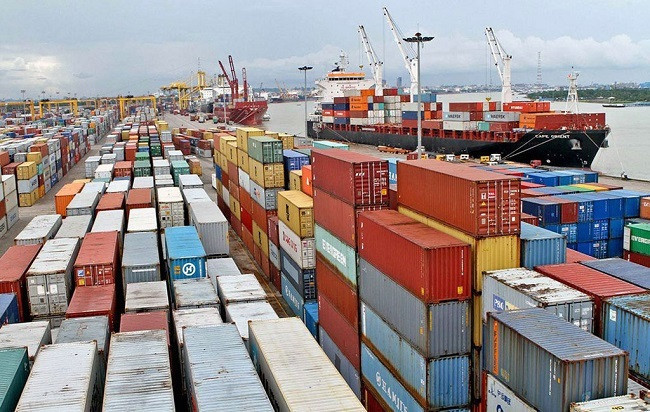
Key Considerations for Exporters
- Logistics and Shipping: Russia’s vast size means logistics can be complex. Reliable shipping partners, understanding customs procedures, and managing transit times are critical. Major entry points include ports in the Baltic Sea (e.g., Saint Petersburg) and overland routes from Europe and Asia.
- Customs and Tariffs: Importers must navigate Russian customs regulations, which can be intricate. Understanding import duties, VAT, and any specific certifications required for construction materials is essential. It’s advisable to work with experienced customs brokers.
- Certification and Standards: Ensure your products comply with Russian GOST standards or other relevant technical regulations. Obtaining necessary certifications before entering the market can prevent significant delays and costs.
- Payment Terms: Be prepared for varied payment terms. While some established partners might offer credit, initial transactions may require upfront payments or letters of credit.
Market Entry Strategies
Several approaches can be taken to enter the Russian tile market:
- Direct Export: Selling directly to large distributors, retailers, or project developers. This offers greater control but requires significant market knowledge and resources.
- Working with Local Distributors: Partnering with established Russian distributors who have existing networks, market expertise, and logistical capabilities. This is often the most common and effective entry strategy for new exporters.
- Opening a Representative Office or Subsidiary: For long-term commitment and deeper market penetration, establishing a local presence can be beneficial, though it involves higher investment and regulatory complexities.
- Participation in Trade Fairs: Attending key industry trade shows in Russia (e.g., MosBuild in Moscow) is an excellent way to gauge market interest, meet potential partners, and understand competitor offerings.
Building Relationships and Trust
In Russia, as in many markets, personal relationships and trust are paramount in business. Be prepared to invest time in building rapport with potential partners. Reliability, consistent quality, and clear communication are highly valued.
Challenges and Opportunities for Exporters
While Russia offers significant potential, it’s important to be realistic about the challenges.
Potential Challenges
- Geopolitical and Economic Volatility: The Russian economy can be influenced by global energy prices and geopolitical developments, leading to fluctuations in demand and currency exchange rates.
- Competition: The market is competitive, with both strong domestic producers and international players vying for market share.
- Bureaucracy and Regulations: Navigating Russian bureaucracy and understanding evolving regulations can be complex without local expertise.
- Logistical Complexity: As mentioned, the vast distances and varied infrastructure can pose logistical challenges.
- Sanctions and Restrictions (if applicable): Exporters must stay informed about any current international sanctions or restrictions that might impact trade with Russia, although general construction materials are typically less affected than other sectors.
Significant Opportunities
- Untapped Potential in Regional Markets: Beyond Moscow and Saint Petersburg, many regional cities are experiencing growth and offer less saturated markets.
- Demand for High-Quality and Niche Products: There’s a persistent demand for high-quality, innovative, and specialized tiles that domestic producers may not offer. This includes large formats, unique designs, technical porcelain, and sustainable options.
- Growing Renovation Market: The continuous need to modernize existing buildings provides a stable and ongoing demand for tiles.
- Increasing Sophistication of Consumers: Russian consumers are becoming more discerning, valuing design, brand reputation, and quality, creating opportunities for premium products.
- Digitalization of Sales: While traditional channels remain important, the increasing use of online platforms for product discovery and procurement presents new avenues for reaching customers.
Marketing and Sales Strategies for the Russian Market
Effective marketing and sales are critical for success in Russia.
Digital Presence and E-commerce
- Localized Websites: A professional, localized website in Russian is essential. Ensure it’s optimized for search engines (Yandex is dominant in Russia) and mobile devices.
- Social Media Marketing: Platforms like VKontakte (VK) and Telegram are widely used in Russia. Engage with potential customers through relevant content, visual appealing posts, and community building.
- Online Marketplaces: Explore opportunities on popular Russian e-commerce platforms, though this usually requires a local partner.
- Targeted Online Advertising: Utilize targeted ads on search engines and social media to reach specific demographics or professional groups (e.g., architects, designers, builders).
Traditional Marketing and Sales Channels
- Trade Fairs and Exhibitions: Participating in industry-specific trade shows like MosBuild, Cersaie Russia (if held), or regional building exhibitions allows for direct engagement with potential buyers, distributors, and specifiers.
- Building Material Stores and Showrooms: Partnering with established building material hypermarkets and specialized tile showrooms is crucial for physical product display and sales.
- Architects and Designers: Cultivating relationships with architects, interior designers, and construction companies is key for securing specifications in new projects. Offer samples, technical support, and design inspiration.
- Print Media and Industry Publications: Advertising in relevant Russian construction and design magazines can reach a targeted professional audience.
Localized Content and Communication
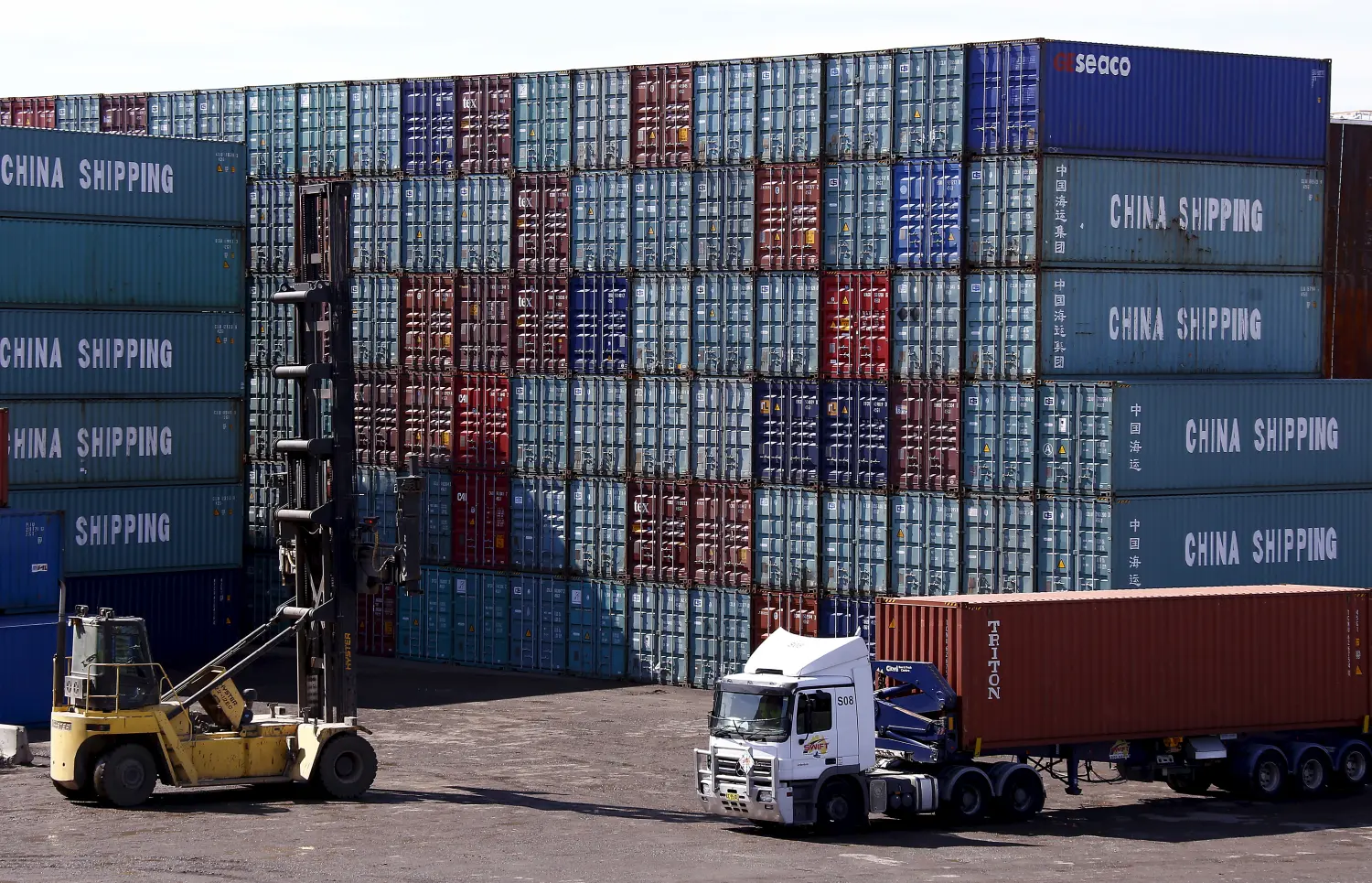
All marketing materials, from brochures to website content, should be accurately translated and culturally appropriate. Understand the nuances of Russian business communication, which often values directness coupled with a professional demeanor.
Conclusion: Seizing the Russian Tile Opportunity
The Russian tile and ceramics market, while presenting its unique set of complexities, is undeniably a market with substantial untapped potential for international exporters. Its robust construction sector, evolving consumer preferences, and ongoing modernization efforts create a fertile ground for high-quality, aesthetically pleasing, and durable tile products. Success in this market hinges on a strategic approach: thorough market research, understanding local demand and design trends, meticulous attention to logistical and regulatory requirements, and a commitment to building strong, trusting relationships with Russian partners.
For businesses willing to invest the time and effort to understand its intricacies, Russia is more than just another market; it’s a significant opportunity to establish a strong presence in a large and continuously developing economy. By focusing on quality, adapting to local tastes, and navigating the export landscape with informed strategies, international tile manufacturers and suppliers can indeed unlock considerable export potential and firmly establish their brand as a preferred choice in Russia’s dynamic construction and design landscape. Is Russia your next frontier? With careful planning and execution, the answer could very well be a resounding yes.
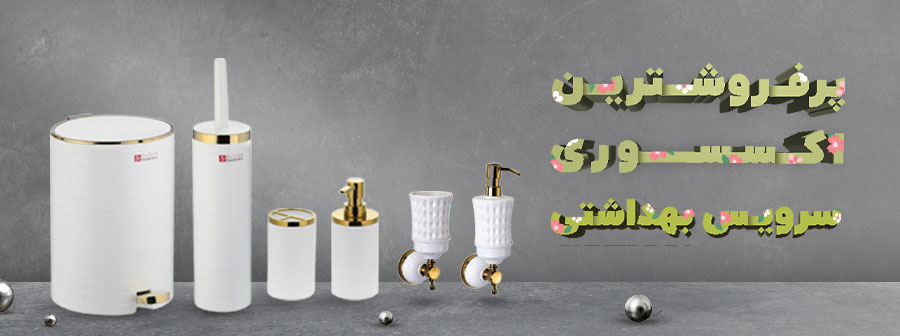
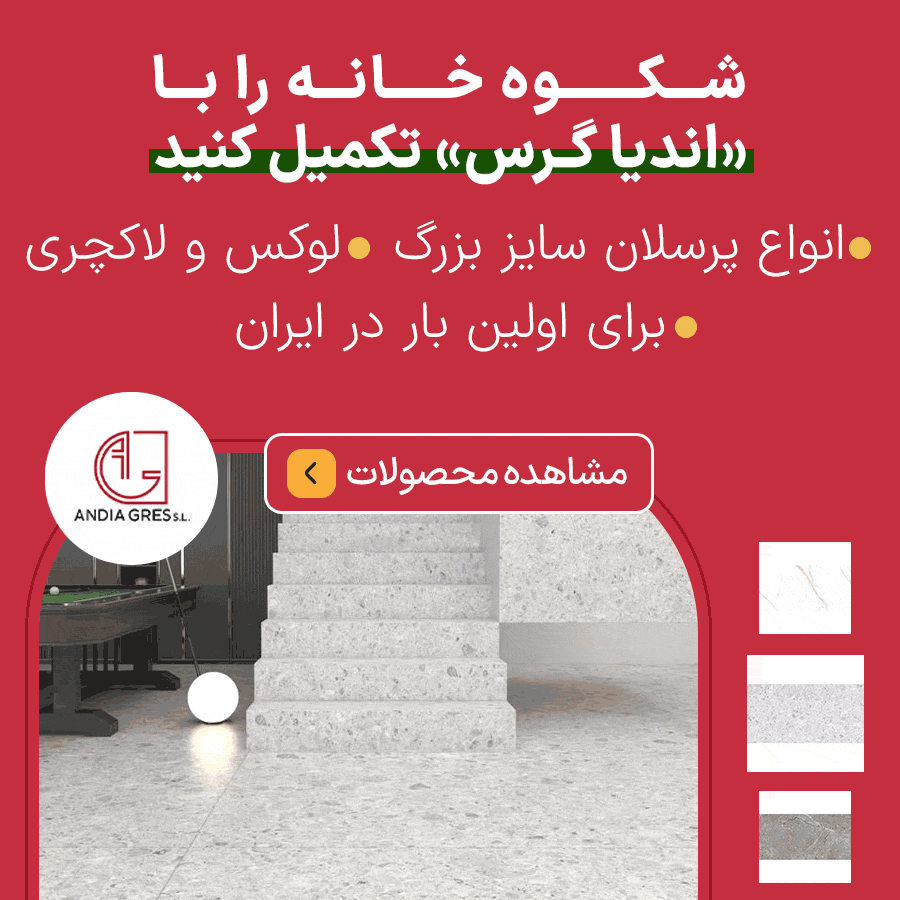
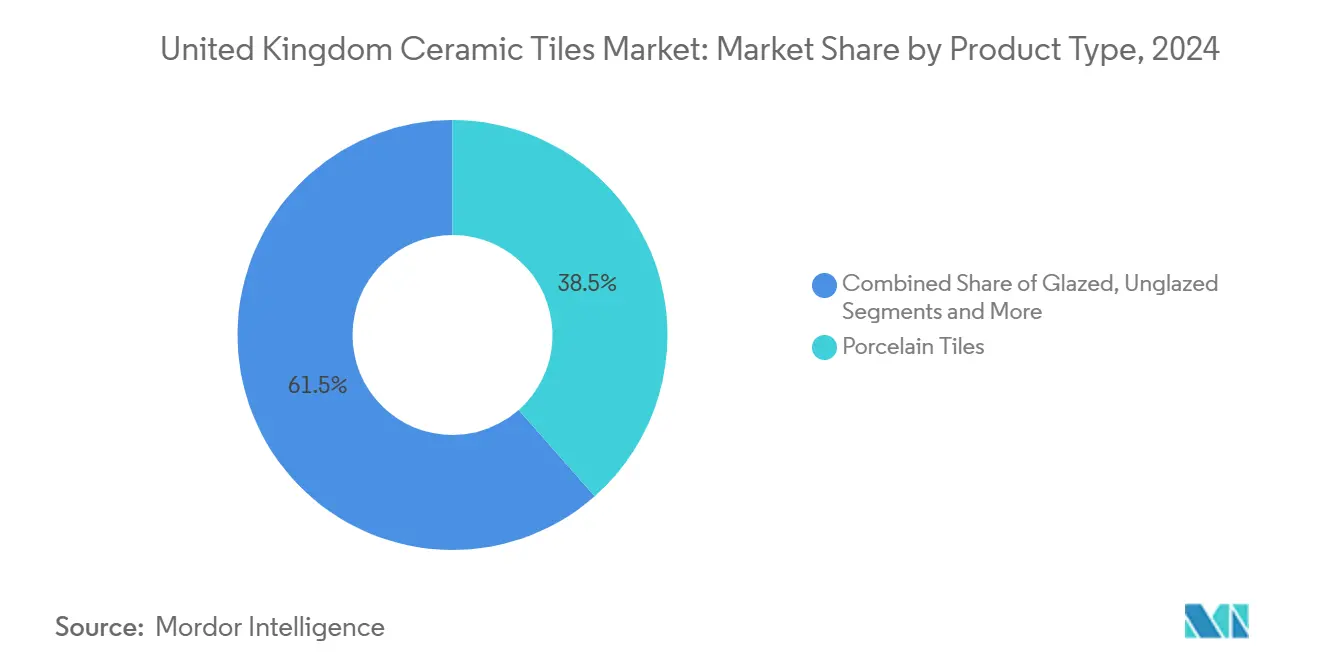

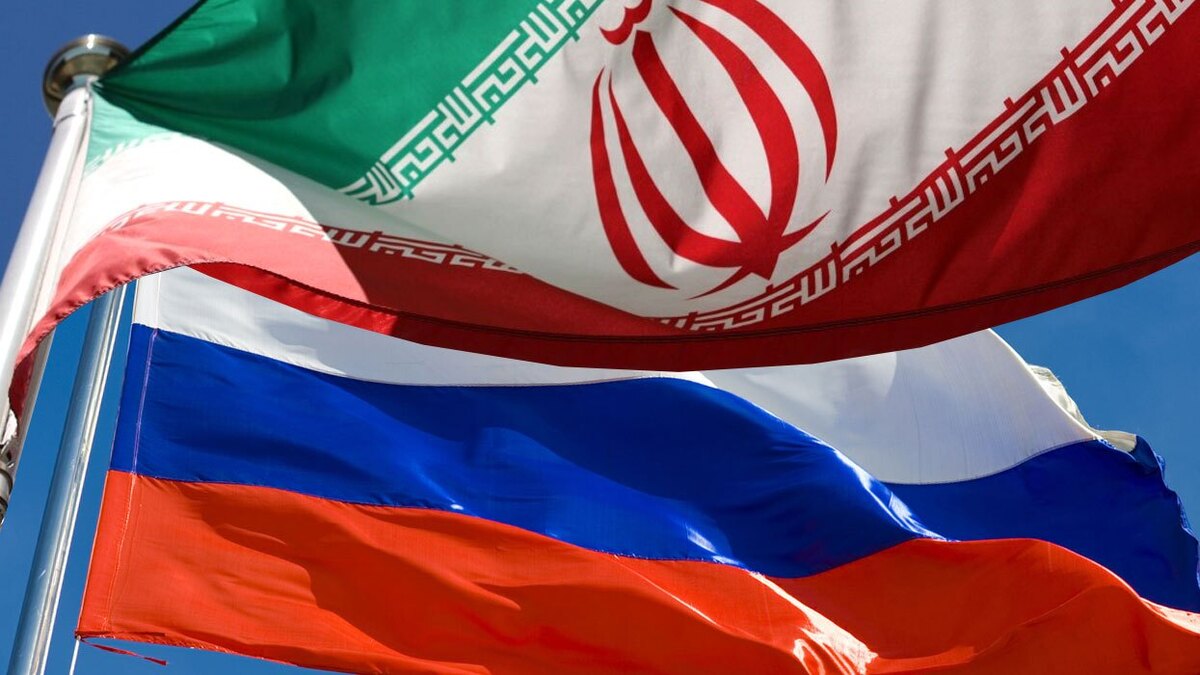


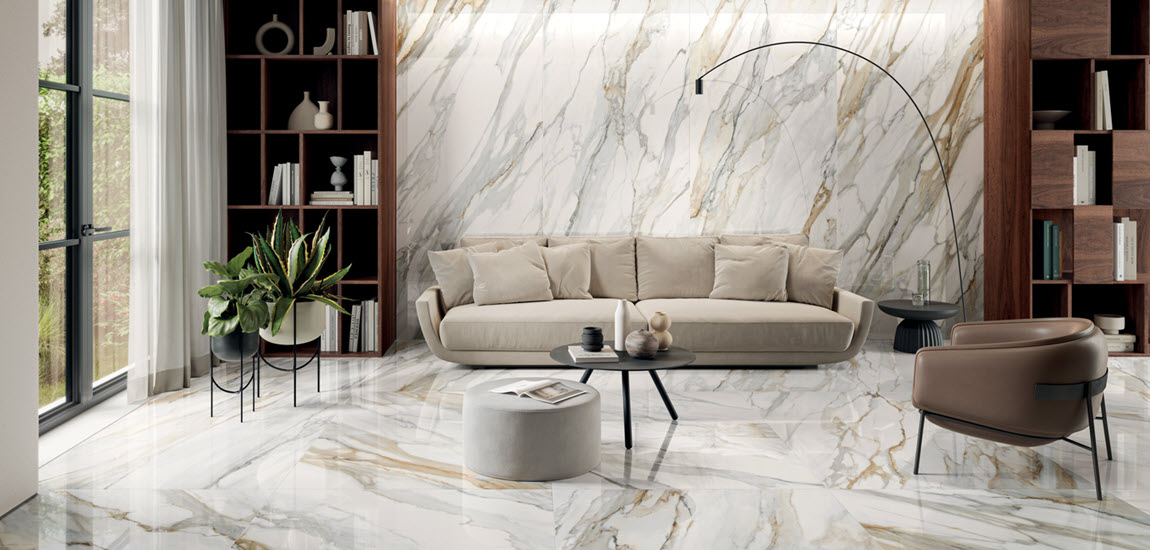
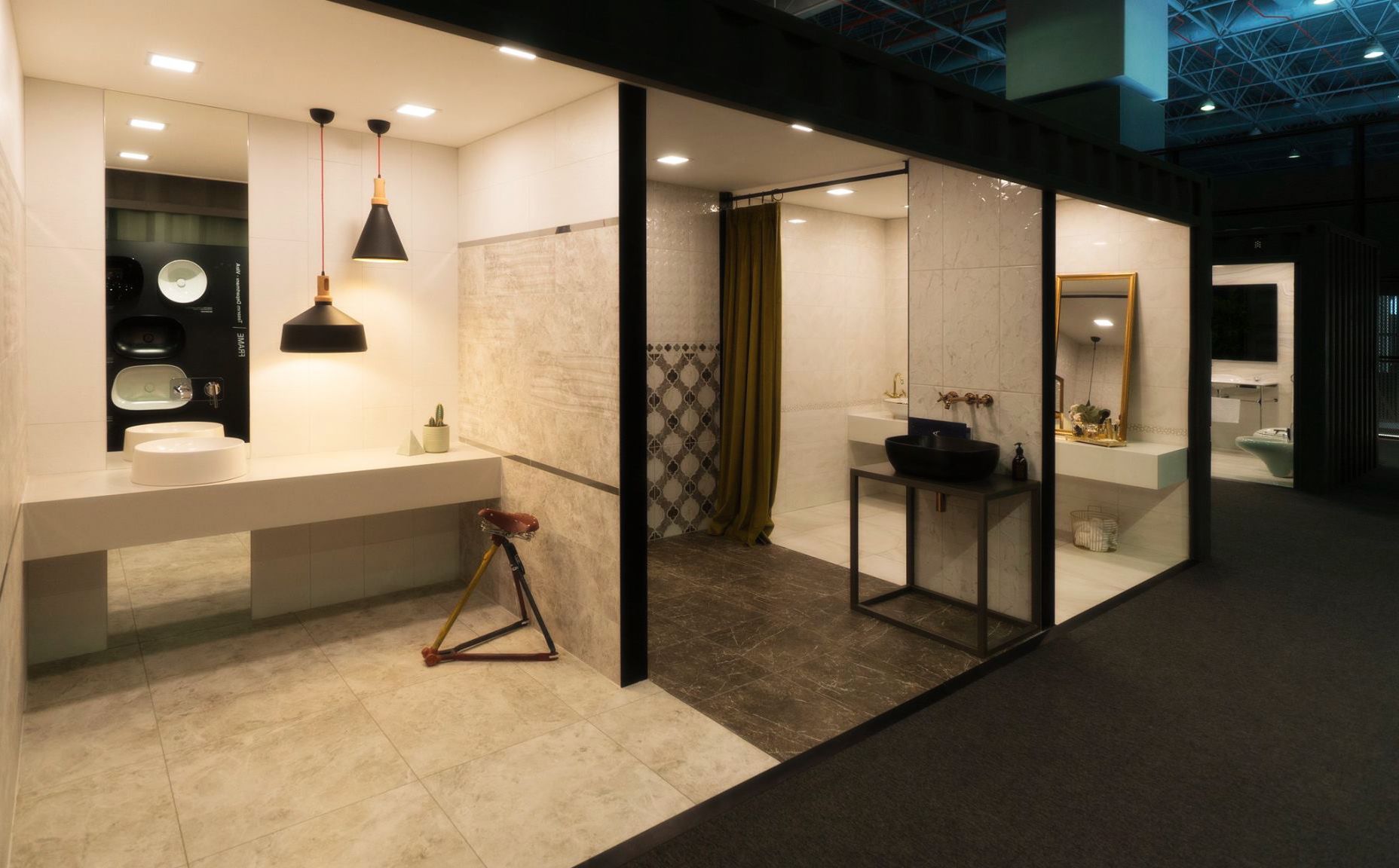
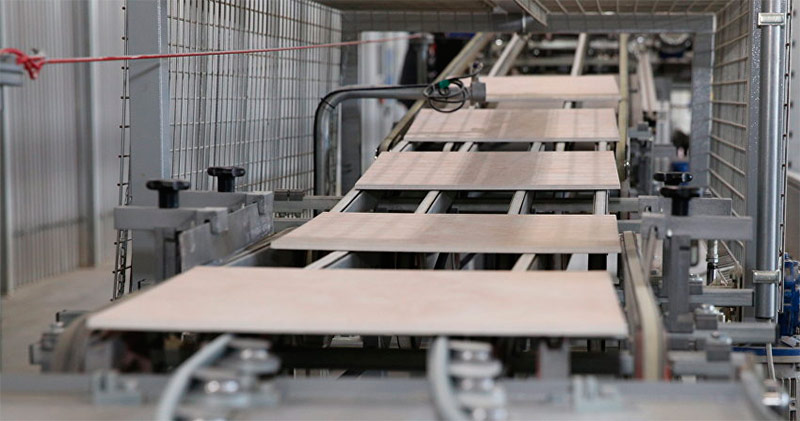
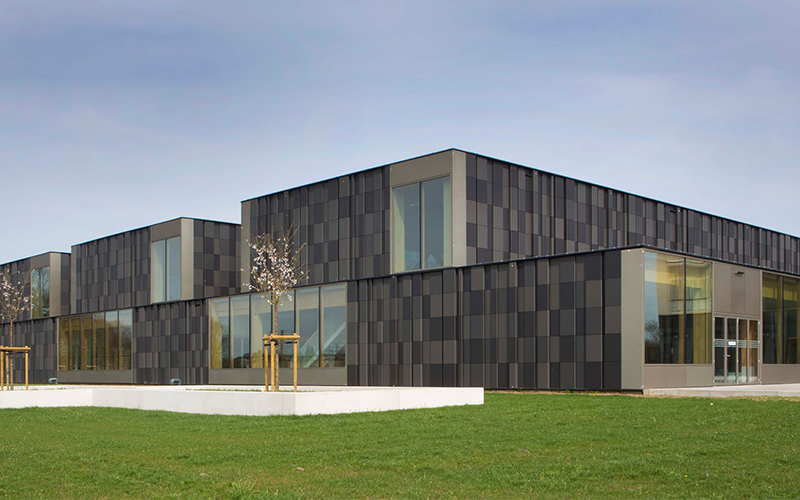
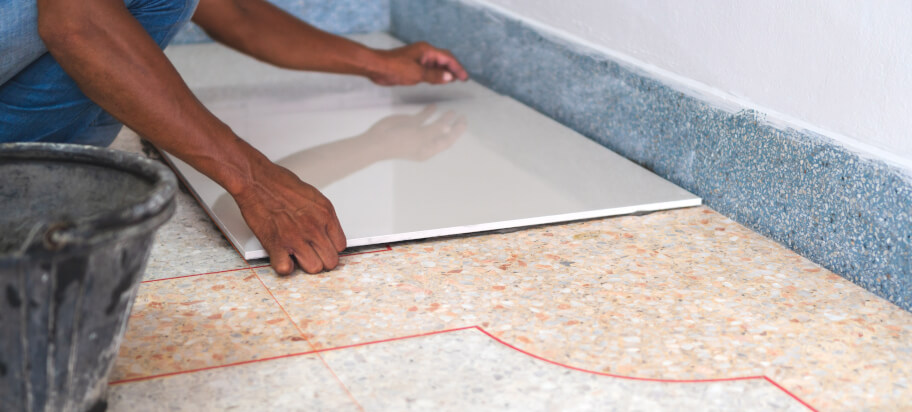
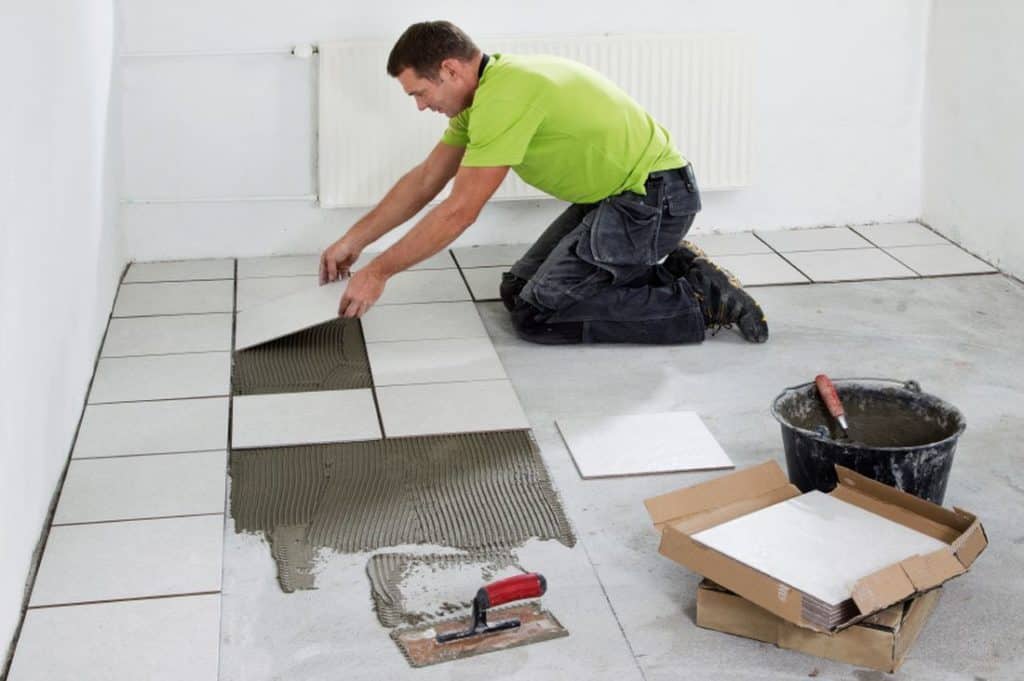
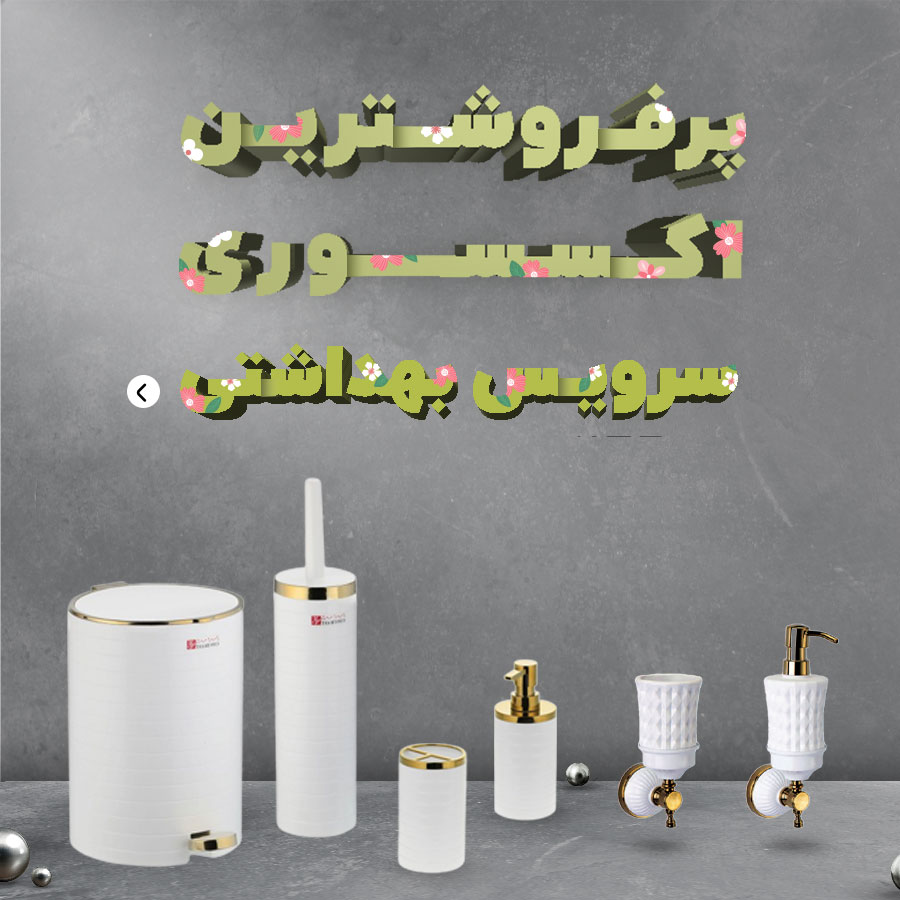

نظرات ۰